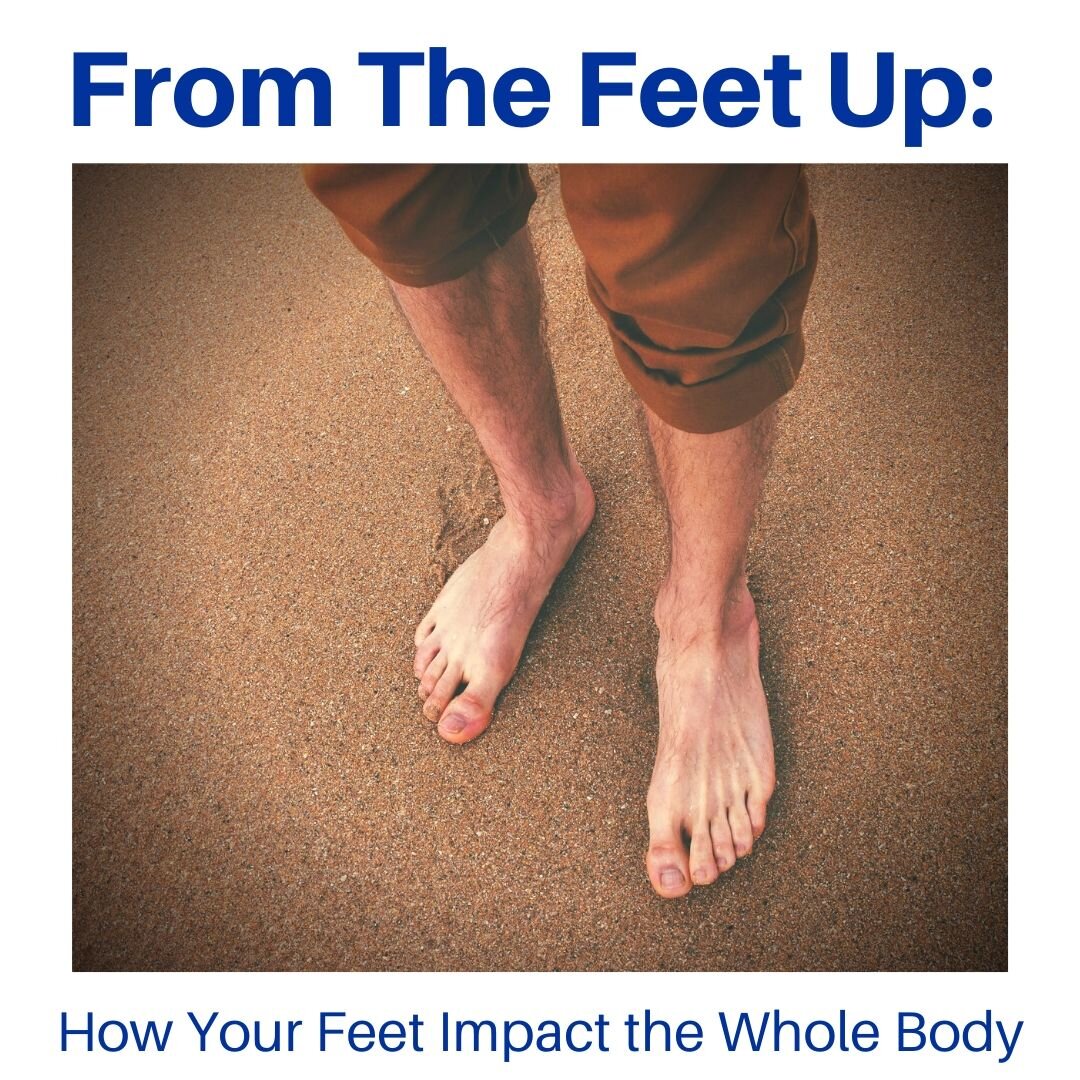Whether you’re headed for some R&R on a remote island, or packing up the car and taking a road trip, travel can take a toll on the body. Here are some tips for how to keep the body limber, active, and healthy during your travels.
Read moreHealthy Fascia
When we think about pain we understandably frame it within the structures we’re most familiar with: bones, joints, and muscles. But in recent years we’ve learned more about another body structure: fascia!
Read moreAsk a Chiropractor: Dynamic & Static Stretching
Stretching is often treated as a panacea — feeling stiff from your workday? Stretch! Want more range of motion? Stretch! Rehabilitating an injury? Stretch! Want to improve athletic performance? Stretch! But it doesn’t always feel that simple. How do you know exactly how to stretch and when?
Read moreThis Is What Fascia Looks Like!
This isn’t the first time we’ve highlighted fascia, and you can bet it won’t be the last! However, it’s one thing to know what fascia is, and a whole different thing to really understand fascia. This magnified video is a fascia-nating look at this aqueous structure surrounding our muscles, nerves, and organs!
Read moreFrom the Feet Up: How Your Feet Impact the Whole Body
As the song goes: Your foot bone’s connected to your leg bone, your leg bone’s connected to your hip bone, your hip bone connected to your back bone… to your shoulder bone, to your neck bone… It all starts with the feet. As the foundation of your body, foot problems can throw your whole body out of alignment.
Read moreNerve Gliding
Last month chiropractor Cydney Keller and acupuncturist Suzanne Chi attended an international dance medicine conference where they spent over 20 hours each learning and refreshing their knowledge. One of the topics for learning and discussion was flexibility. When is flexibility useful and what is the best way to go about increasing flexibility? What if stretching doesn’t seem to help? One activity recommended is nerve gliding.
Read moreWhat is Fascia?
Most of us are familiar with tendons and ligaments, but haven’t heard of another form of connective tissue: fascia. This dynamic web of connective tissue runs throughout our entire body and may be the cause of a high percentage of pain and motion restriction.
Read moreWarm Up & Cool Down
No, that's not a clever way to discuss the current weather patterns in Portland. Warming up prior to you work out or exercise routine and cooling down after are just as important as your activity.
Warming up increases the temperature of your muscles for increased flexibility and mobility. It also dilates your blood vessels to increase oxygen flow throughout the body. A warm up slowly raises your heart rate and reduces stress on your heart. When you include a stretch in your warm up you increase range of motion and mobility in your joints preventing injury. Warm up for at least 5-10 minutes doing a similar activity to the one you have planned (walk before a run).
Cooling down allows your heart rate to come down gradually and your blood vessels to contract so you don't pass out or feel sick. Including a stretch in your cool down will help the build up of lactic acid (known for soreness and stiffness) in your muscles. Hold each stretch for 15-30 seconds and don't bounce.
Including these in your summer activities will help improve your overall health.
Get Out and Do Something Active!
May is National Physical Fitness & Sports Month so get out there and get active! Regular physical activity can help prevent chronic diseases such as heart disease, cancer, and stroke. Exercising regularly strengthens muscles, reduces fat, controls your weight, and improves your sleep (among other things).
There are lots of way for adults to get the recommended 30 minutes per day of physical activity. It doesn't have to mean going to gym or a spin class. Look for ways to incorporate into your every day life like taking the stairs or parking your car farther away from your intended destination.
You can also add balancing exercises into your routine in order to improve muscle control and function. Stretching during TV time is also an easy activity to improve flexibility to reduce the risk of injury.
A few other fun ways to stay active (especially as the weather improves): plant and care for a vegetable garden, wash the car, take a walk to catch up with a friend instead of calling them, take your coffee on a walk during your break, and walk the dog as a whole family.
Get out there and get active!
Holiday Travel
Traveling can be rough on your body; especially around the holidays. Here are some quick tips to try and an article by the ACA.
1.) Warm up and cool down. Sitting for prolonged periods can be hard on your body so just like exercise, stretch before and after.
2.) Adjust the lumbar support in your car or, if on a plane, roll up pillows to create a lumbar support that follows the natural "S" curve of your spine
3.) Walk up and down the aisles of the plane and stretch. If traveling in a car, take frequent rest stops and stretch.
Read the full article here.








